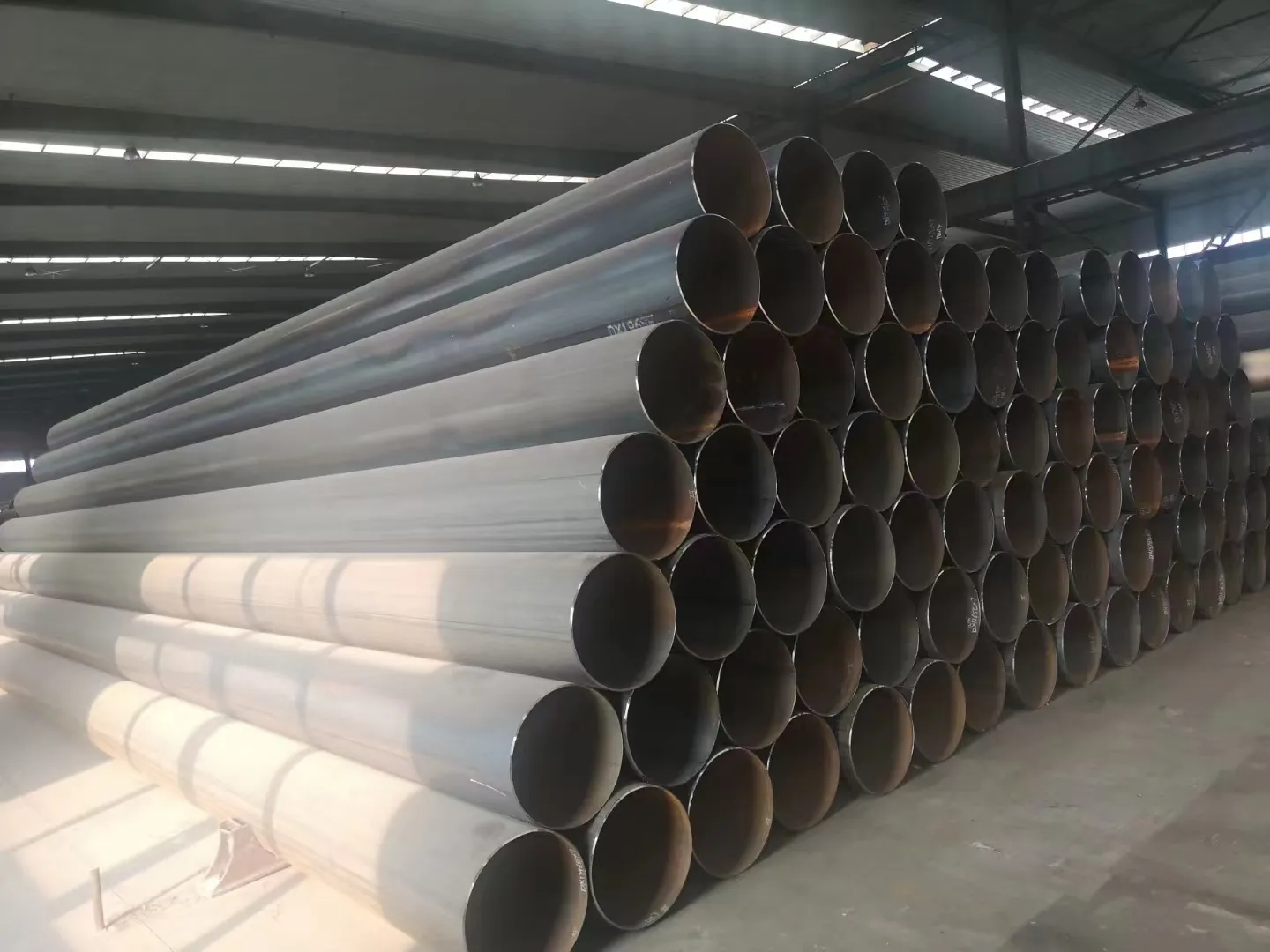-
Cangzhou Yulong Steel Co., Ltd.
-
Phone:
+86 13303177267 -
Email:
admin@ylsteelfittings.com
- English
- Arabic
- Italian
- Spanish
- Portuguese
- German
- kazakh
- Persian
- Greek
- French
- Russian
- Polish
- Thai
- Indonesian
- Vietnamese
- Zulu
- Korean
- Uzbek
- Hindi
- Serbian
- Malay
- Ukrainian
- Gujarati
- Haitian Creole
- hausa
- hawaiian
- Hebrew
- Miao
- Hungarian
- Icelandic
- igbo
- irish
- Japanese
- Javanese
- Kannada
- Khmer
- Rwandese
- Afrikaans
- Albanian
- Amharic
- Armenian
- Azerbaijani
- Basque
- Belarusian
- Bengali
- Bosnian
- Bulgarian
- Catalan
- Cebuano
- China
- China (Taiwan)
- Corsican
- Croatian
- Czech
- Danish
- Esperanto
- Estonian
- Finnish
- Frisian
- Galician
- Georgian
- Kurdish
- Kyrgyz
- Lao
- Latin
- Latvian
- Lithuanian
- Luxembourgish
- Macedonian
- Malgashi
- Malayalam
- Maltese
- Maori
- Marathi
- Mongolian
- Myanmar
- Nepali
- Norwegian
- Norwegian
- Occitan
- Pashto
- Dutch
- Punjabi
- Romanian
- Samoan
- Scottish Gaelic
- Sesotho
- Shona
- Sindhi
- Sinhala
- Slovak
- Slovenian
- Somali
- Sundanese
- Swahili
- Swedish
- Tagalog
- Tajik
- Tamil
- Tatar
- Telugu
- Turkish
- Turkmen
- Urdu
- Uighur
- Welsh
- Bantu
- Yiddish
- Yoruba

Dec . 07, 2024 17:19 Back to list
exhaust bends mild steel
Understanding Exhaust Bends in Mild Steel A Comprehensive Guide
Exhaust systems are vital for the efficient operation of automotive engines, ensuring that harmful gases are expelled while minimizing noise levels. One crucial component of these systems is the exhaust bend, often made from mild steel due to its favorable properties. This article delves into the characteristics, benefits, and applications of mild steel exhaust bends, highlighting why they are a popular choice among automotive enthusiasts and manufacturers alike.
What Are Exhaust Bends?
Exhaust bends are curved sections of piping used in vehicle exhaust systems. They facilitate the smooth transition of exhaust gases from the engine to the tailpipe, allowing for efficient flow and reducing back pressure. By directing gases around obstacles and navigating the vehicle's undercarriage, these bends play a critical role in maintaining performance and compliance with emission standards.
Why Choose Mild Steel?
Mild steel, also known as low carbon steel, contains a carbon content of around 0.05% to 0.26%. This composition grants the material a balance of strength, ductility, and weldability, making it an ideal choice for exhaust applications. Here are several reasons why mild steel is favored for exhaust bends
1. Cost-Effective Mild steel is generally more affordable than other materials like stainless steel or titanium. For automotive applications, where weight and cost are significant factors, mild steel provides an excellent budget-friendly option.
2. Weldability The characteristics of mild steel allow for easier welding and fabrication, which is crucial for custom exhaust systems. Mechanics and fabricators appreciate the simplicity of working with mild steel, resulting in fewer complications during installation or repairs.
3. Ductility Mild steel is highly ductile, enabling it to be bent and shaped without cracking. This feature is particularly important when designing custom exhaust bends to fit specific applications or vehicle models.
4. Adequate Corrosion Resistance While not as corrosion-resistant as stainless steel, mild steel undergoes various treatments (such as galvanization or coating) to improve its resistance to rust. Therefore, when properly maintained, mild steel exhaust bends can have a tolerable lifespan in less harsh environments.
exhaust bends mild steel

Performance Considerations
When integrating mild steel exhaust bends into a vehicle’s system, it’s essential to consider the effects on performance. The bends must be designed to minimize turbulence and back pressure to enhance exhaust flow. Excessive bends or poorly designed angles can create restrictions, negatively impacting engine performance and fuel efficiency.
To optimize performance, manufacturers often use mandrel bends, which maintain a consistent diameter throughout the curve, thus providing a smoother transition for exhaust gases. This design helps avoid the kinks and restrictions associated with traditional bends.
Applications and Market
Mild steel exhaust bends are widely used in various applications, from everyday passenger vehicles to high-performance racing cars. In the aftermarket, they provide enthusiasts with a customizable option to upgrade their exhaust systems, often leading to improved sound and enhanced performance.
Furthermore, many original equipment manufacturers (OEMs) utilize mild steel for their exhaust components, balancing performance and cost. For this reason, mild steel exhaust bends remain a staple in both the automotive industry and among DIY enthusiasts.
Maintenance and Care
While mild steel exhaust bends are an economical choice, they do require regular maintenance to extend their lifespan. Drivers should frequently check for signs of rust or damage, particularly if the vehicle is frequently exposed to moisture or road salt. A protective coating and regular inspections can help mitigate rusting, ensuring that the exhaust system remains effective and functional.
Conclusion
In summary, mild steel exhaust bends are an essential element of automotive exhaust systems, offering a blend of affordability, versatility, and performance. Their ability to be easily fabricated makes them a preferred choice for both manufacturers and automotive enthusiasts. By understanding their properties and benefits, users can make informed decisions about the components that best suit their vehicle's performance needs. Whether for a daily driver or a specialized racing machine, mild steel exhaust bends are undoubtedly a smart choice in automotive design and performance.
Latest news
-
ANSI 150P SS304 SO FLANGE
NewsFeb.14,2025
-
ASTM A333GR6 STEEL PIPE
NewsJan.20,2025
-
ANSI B16.5 WELDING NECK FLANGE
NewsJan.15,2026
-
ANSI B16.5 SLIP-ON FLANGE
NewsApr.19,2024
-
SABS 1123 FLANGE
NewsJan.15,2025
-
DIN86044 PLATE FLANGE
NewsApr.19,2024
-
DIN2527 BLIND FLANGE
NewsApr.12,2024
-
JIS B2311 Butt-Welding Fittings LR/SR 45°/90° /180°Seamless/Weld
NewsApr.23,2024











